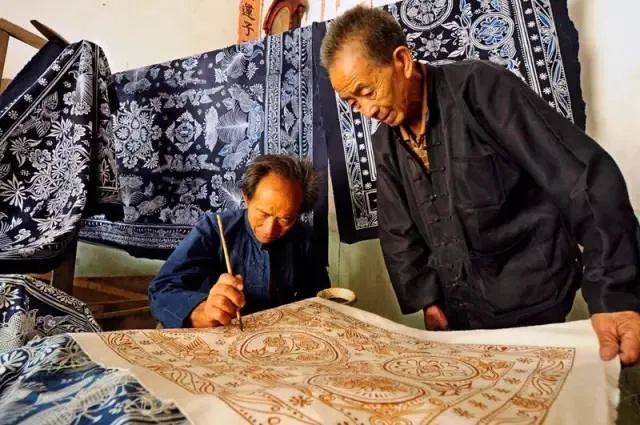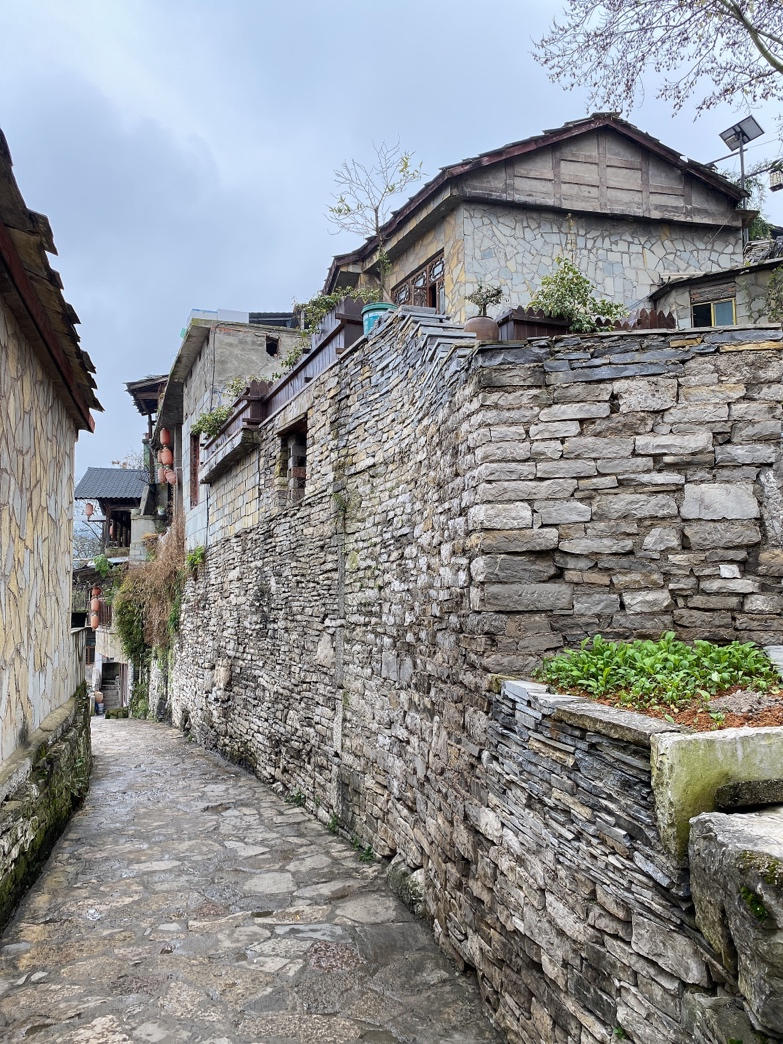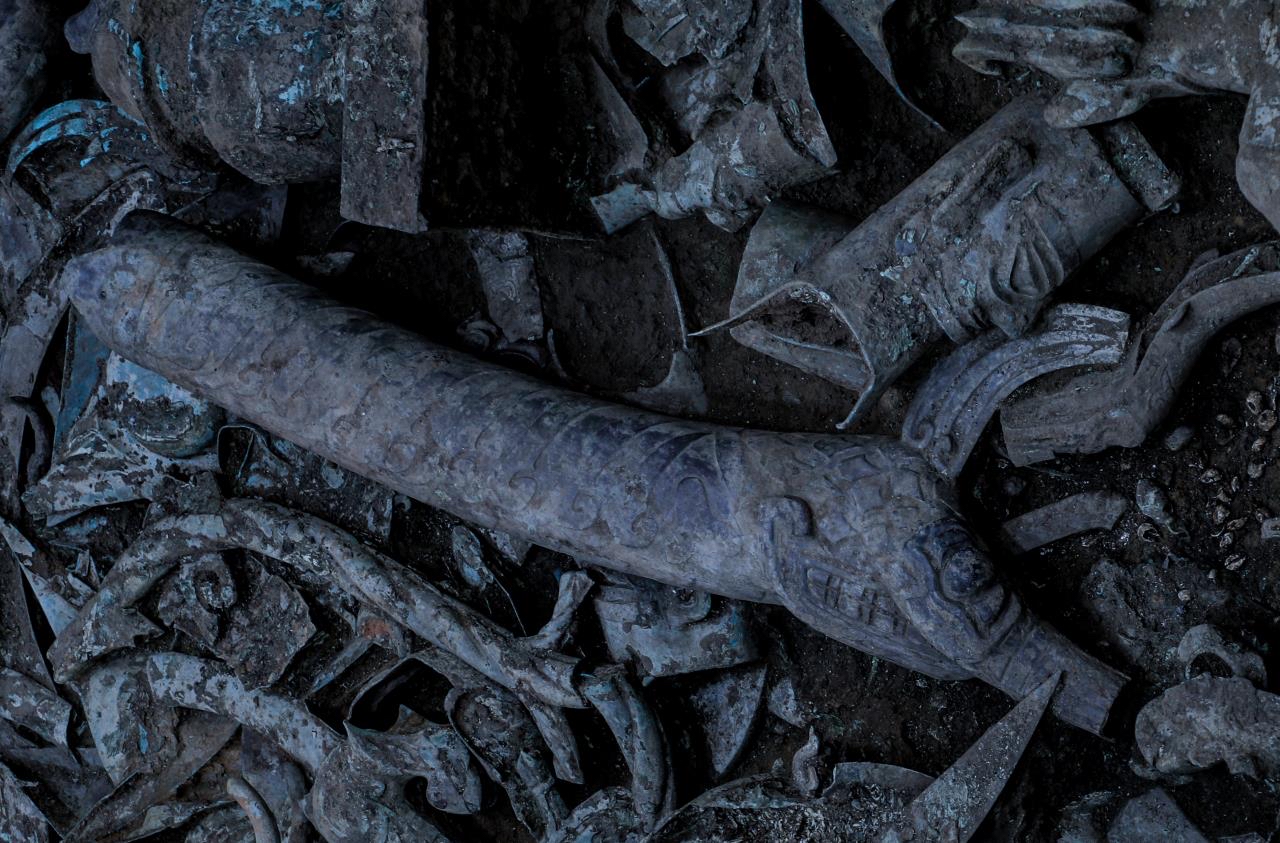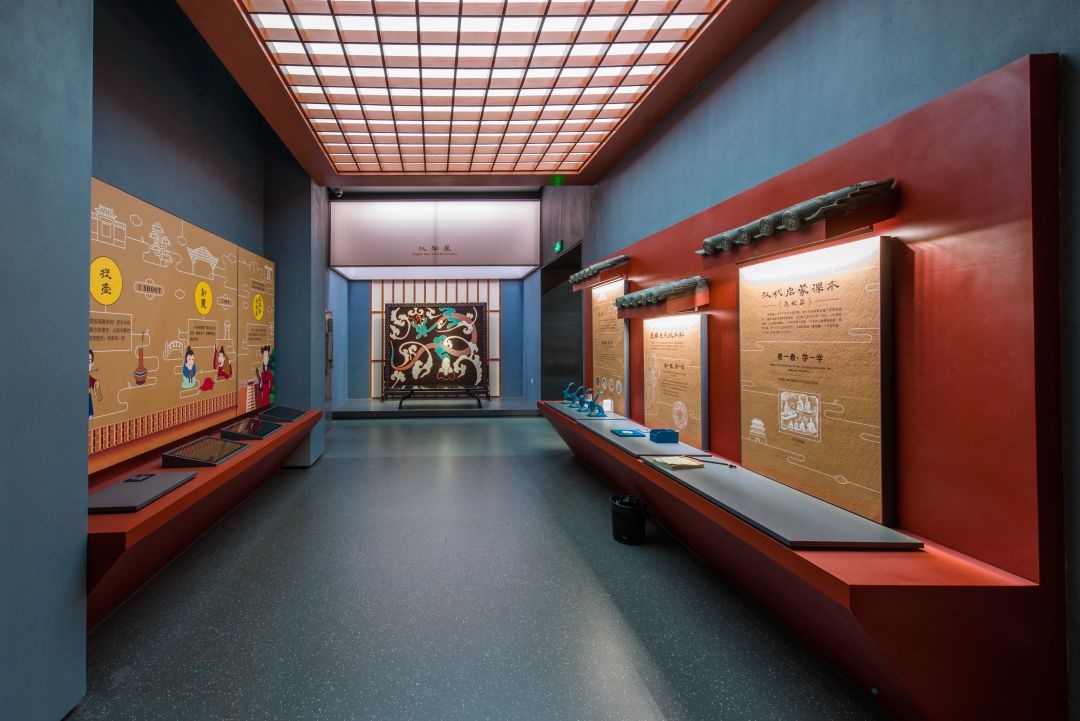Wood and stone coexist: Buyi's hanging foot and slate room 丨 Chinese architectural culture
Author:China National News Time:2022.08.15
"Weier Guizhou is far away." This is the historical impression left by Guizhou, which is located in the southwest hinterland. In fact, Guizhou East can connect to Huguang and West Kawan and Yunnan. It is an important hub to connect with the Central Plains and the ethnic minorities of the southern ethnic minorities. One of the ancient nations in our country, the Buyi people in Guizhou mainly lived in Guizhou. In the living environment of complex and diverse natural geography and multi -ethnicity, the people of the Buyi people have created a rich material and spiritual culture with hard work and wisdom. Architectural culture is its typical representative.
Both of the Buyi clan settlement in production and life
The Buyi people are mainly distributed in Guizhou Nanbusian Miao Autonomous Prefecture in Guizhou, the Buyi Miao Autonomous Prefecture and Anshun region of the Budi ethnic Miao Autonomous Prefecture in southwestern Guizhou. Since ancient times, farmers are based, and they are known as the "rice nation". The situation of, farming, and Yiyong "confirmed each other.
The Buyi Village is surrounded by mountains and rivers. In addition to the developed mountain rice culture, the clever Buyi people have developed many exquisite national skills, including bamboo, embroidery, wood carvings, stone carvings, etc. The fabric printing and dyeing are the best plays of Buyi women. According to the relevant records of "Wei Shu" "can be fine cloth, colorful and fresh", the Buyi people have mastered the technology of textile fine cloth and multi -color printing and dyeing since ancient times. There are four types of Bayi printed and dyeing technology: dyeing, wax dye, maple dye, and tie -dye. Many traditional villages still retain the dye pools with different shapes. These dyeing stars are distributed between natural terrain, and they are together with the houses, Hecang, workshops, waterwheels, rice fields, etc. in the village to form a rural pastoral picture that is produced in life.

Feng Xiangran inheritance of Fengxiang Dyan painting skills. Picture source: colorful Guizhou.com
Hanging foot and slate room:
The presentation of wooden and stone industry construction skills
The Buyi ethnic waterfronts live in the field, maintaining the form of hanging buildings shared by many ethnic groups in the southwestern region of our country. The Buyi Hanging Foot Building is also known as the "Half Lou", which is a semi -dry -column wooden building. The materials are mainly maple and fir. The house is built on the slope, and the house base is divided into two sections. The bottom layer of the front part is overhead, leaving sufficient space, or nourishing domestic animals, or depositing agricultural customs. On the slope.
In front of the hook building, Kan Gao, from the main entrance to enter the stone steps up. The building plane layout is H -shaped, generally three open rooms or five open rooms. The middle hall has a shrine to worship the ancestor, and the two sides are divided into stove rooms and bedrooms. There is also a out of the entrance. According to the preferences, the area of the sun is different from the decoration. The upper part of the hanging building is limited by the slope of the roof, which is mainly used to store items and dried grain food.
The most distinctive architectural forms of the Buyi people are slate houses. In the area of Anshun, Guizhou, especially in Zhenning and Guoling, because of local green stone, the Buyi people took materials on the spot and gave birth to a stone architectural culture represented by the slate room.
The stone house is wood as the shelf, the stone as the wall, and the stone chip as the tile. Except for the components such as columns, beams, and 椽, the house base, walls, and roofs of the entire building are built by stone. The characteristics of stone architecture are warm winter and cool in summer, not afraid of fire. The Bayi stonemith's superb traditional stone masonry skills are familiar with the hardness, toughness and matching of the stone. The stone walls they built were clear and layered, and mud gray was rare between stones and stones.
Entering the millennium Buyi Village Gaodang Village in Anshun. In addition to the Shizhai Gate, Shidikan, and Slai House at the entrance of the village, there are also stone people, stone horses, stone cattle, stone walls, stone pillars ... It is inseparable from the stones, and even the villagers' family living utensils, such as 碓, grinding, bowls, grooves, cylinders, etc., are also stone. Gao Dang Village is also known as the "Stone Kingdom" hidden in the mountains because of this unique architectural style and strong regional characteristics.

Zhenning Millennium Buyi Gugu Village Gaodang Village. Picture source: Guizhou Daily Zhou Qingzi/Photo
An opportunity to open together
Unlike the transparent pattern of the Miao and the Dai Foot Hanging Building, the Buyi Foot Tower is usually built into a house with stones on the ground floor, and the boundaries are clear. In the Shitou Village of Buyi, the house is evenly arranged. The road in the village is like a boulder fan, forming a relatively closed and high -quality residential culture. This is closely related to the historical Qiannan region in the army and the cause of the development of the "Tunbao" building.

A glance at the Yushan Buyi Ecological Museum in Huaxi Town, Guiyang. Xu Han's picture
Today, the Guizhou region has already moved towards a new stage of opening up and integration, and the architectural pattern and architectural culture are no exception. Since 1995, Guizhou Province has introduced the concept of the "Ecological Museum". By 2002, with the joint efforts of experts from China and Norway, Zhenshan Village, Huaxi District, Guiyang, was built as the Zhenshan Buyi Ecological Museum. Guizhou protects, preserved, and shows the authenticity, integrity and nativeness of the natural and cultural heritage by building an open museum without walls, as well as the living relationship between man and heritage. The Millennium Stone Village is giving up the vitality of traditional villages in the new era with its solid posture.
Author unit: Southeast University's Chinese National Visual Image Research Base. This article is the research results of the National Social Science Foundation "Casting the Chinese Nation Community Awareness" research special "Analysis of the Visual Image Category Analysis of the Chinese Nation Community" (project number 20VMZ008).
Source: China National News
- END -
Sanxingdui No. 8 pit pig nose faucet pillar -shaped pillar out of the pit to reproduce the "tooth" form

Experience science and technology exhibition conveys humanistic care

The exhibition display is the core of the work of Wenbo venues. The design of the ...